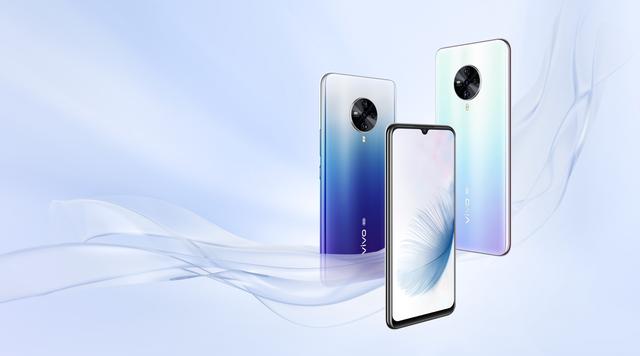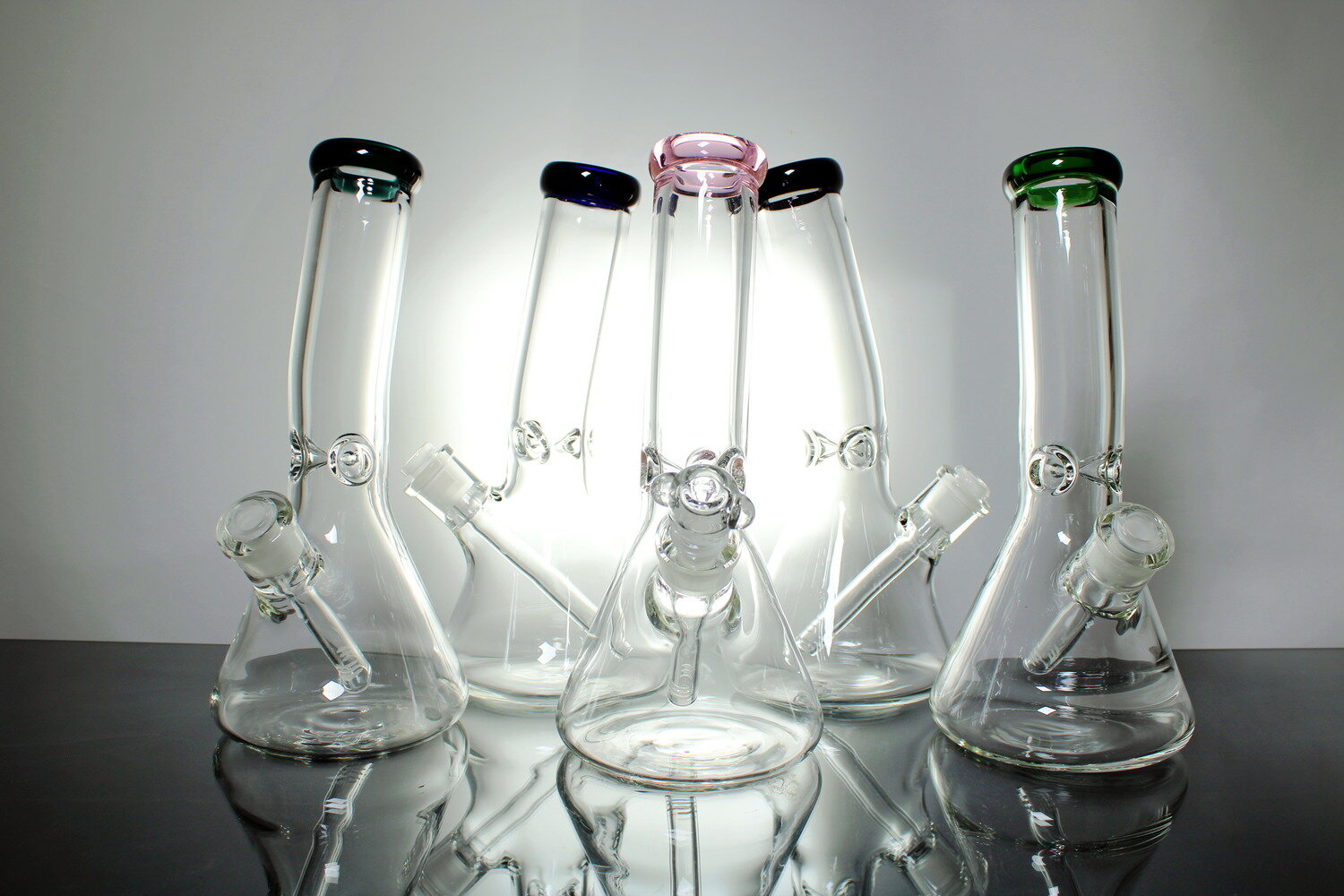Thousands of patients die every day due to organ failure, unavailability of donor organs and complications arising after the transplant from donor organs. One of the well-known complication is Organ Rejection. Human body is always ready to fight innumerable germs and microbes, this is called Immunity. In the same way, the transplanted organ is thought to be a foreign body is attacked by receiver’s immune system only to protect it. One of the best innovations of science and medicine is Bio-Printing, which solves such problems of organ rejection, Auto -Immune attacks and failure of transplantation.
What is Bio-Printing? Bio-Printing is an innovative approach to construct a working human organ or tissue usingpatients own adult stem cells in co-ordination with Bio-inks, in a layered form. This created object constructed in lab environment should be able survive in-vivo and perform the necessary function. Additive manufacturing also known as 3D printing which is generally used in many fields like architecture, construction, art, engineering is now days used in field of Regenerative Bio-engineering to solve the problems of shortage of organs and tissues needed for transplantation patients in need.
What is its challenge involved? This is the greatest challenge for Regenerative Medicine where regenerated tissue should have the histological, vascular and functional growth required to stay in human body. Here comes the key role of the first utilized human cells which are of the same DNA, same patient without creating a Immuno attack risk and continue to grow without any problems.
What is the process involved? Bio-printing or 3D Bio-printing is a methodology which involves 3 major steps:
- Pre-bioprinting
- Bio-Printing
- Post-bioprinting
Pre–Bioprinting: This involves introducing the patient tissue along with bio-inks and nutrient material into the 3D printer. For this firstly the morphology of the target organ must be studied using CT scan, MRI Scan and biopsy of tissue inside out. After a 2D image is obtained, it is sent for printer to be made. The cells are encapsulated in cellular spheroids and placed in tubular tissue like fusion.
Bio-Printing: All this mixture when incubated changes from cells to tissues. Now this tissue along with bio-inks and nutrients is carefully turned in biological constructs into a bio-compatible scaffold using layer by layer approach. Some of the methods used are Stereolithography,magnetic Bioprinting , photolithography.
Post-Bioprinting: After the process, care must be taken that the replica model should be viable in the organism it is placed. Often Bio-reactors are used to maintain stimulation of biochemical processes like remodeling of vascular tissues, changing compression and pressure of blood vessels, supplying nutrients and in the same time continue the physiological processes of the organs which they are mainly placed for.
Thus 3D-Bioprinting technology has changed the face of Transplantation Surgeries by introducing man made organs into human bodies in the form of soft tissues, bone, skin and heart tissue.






